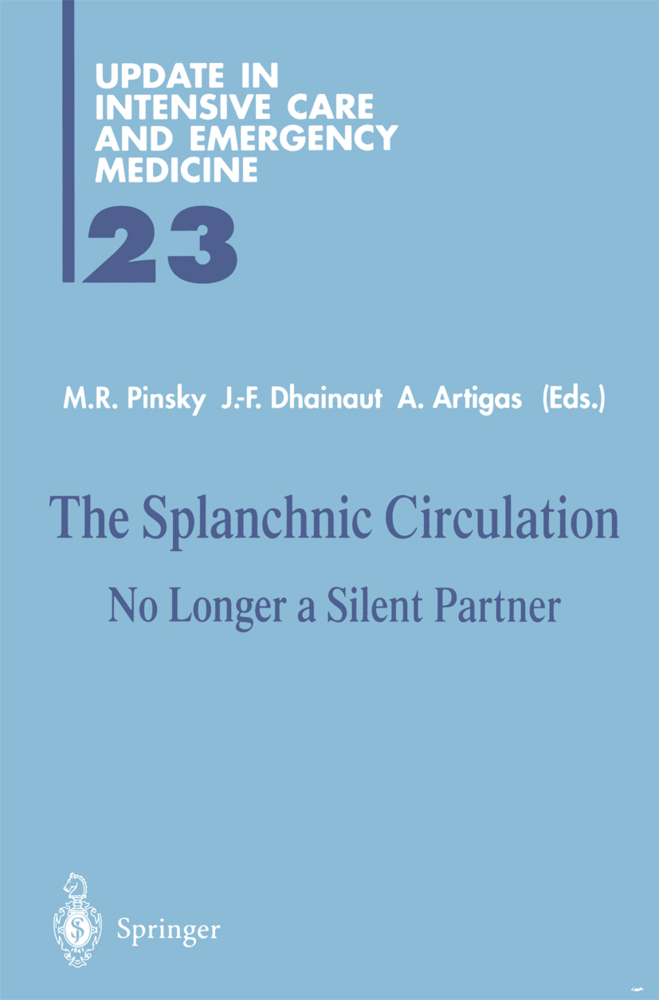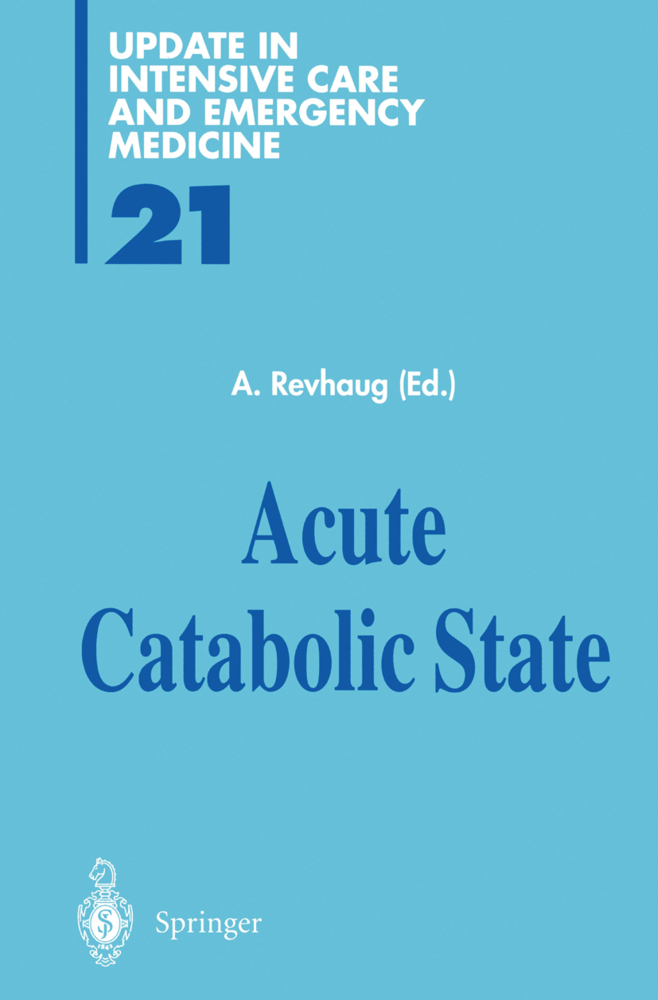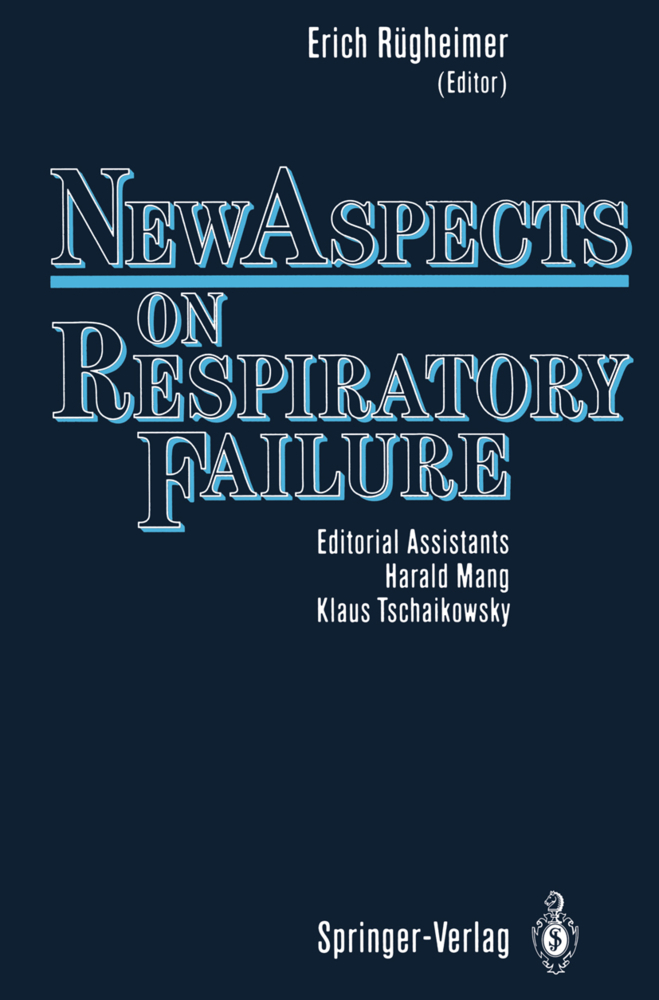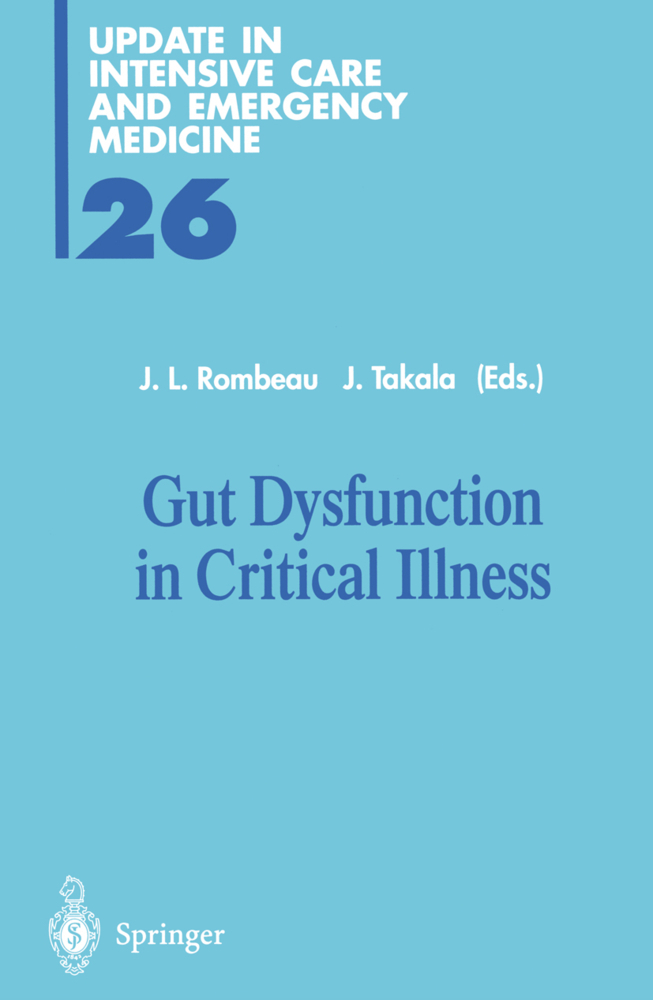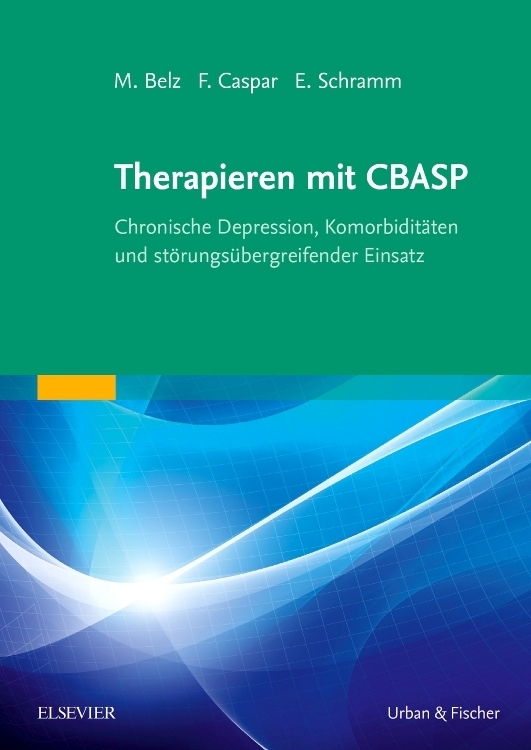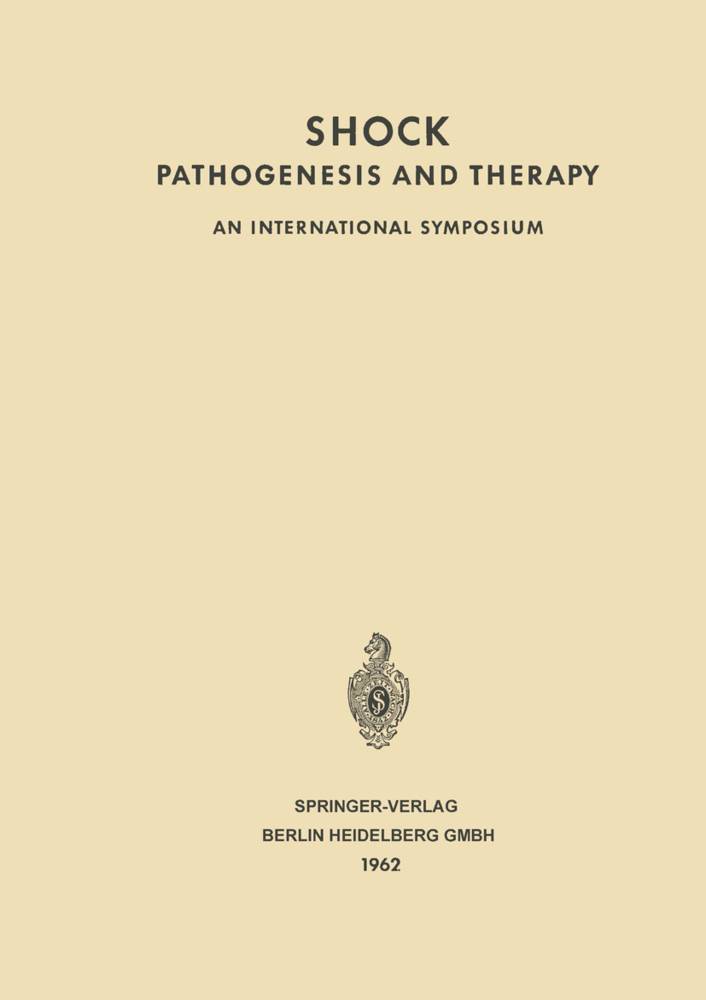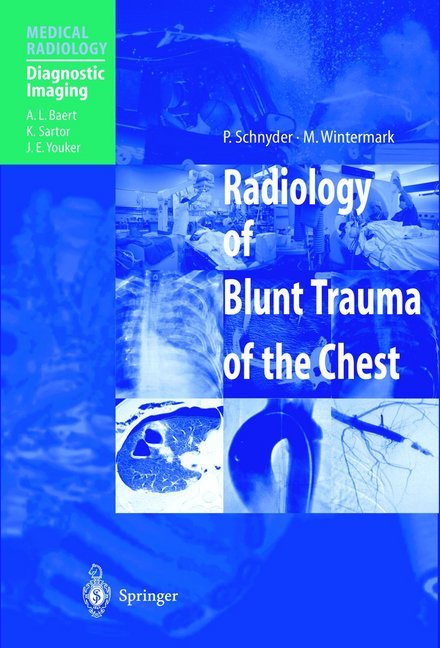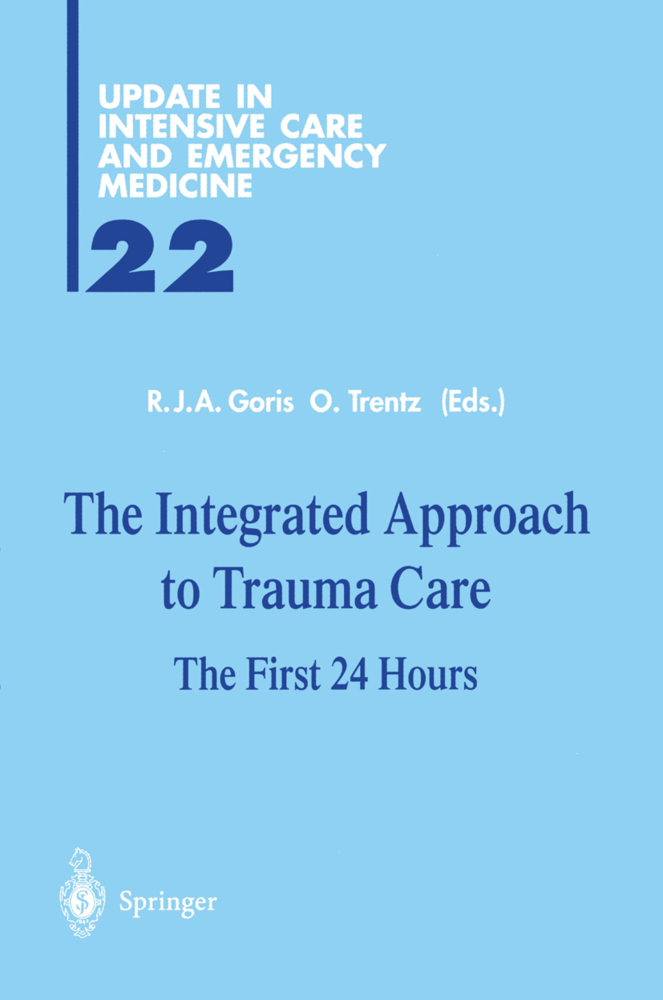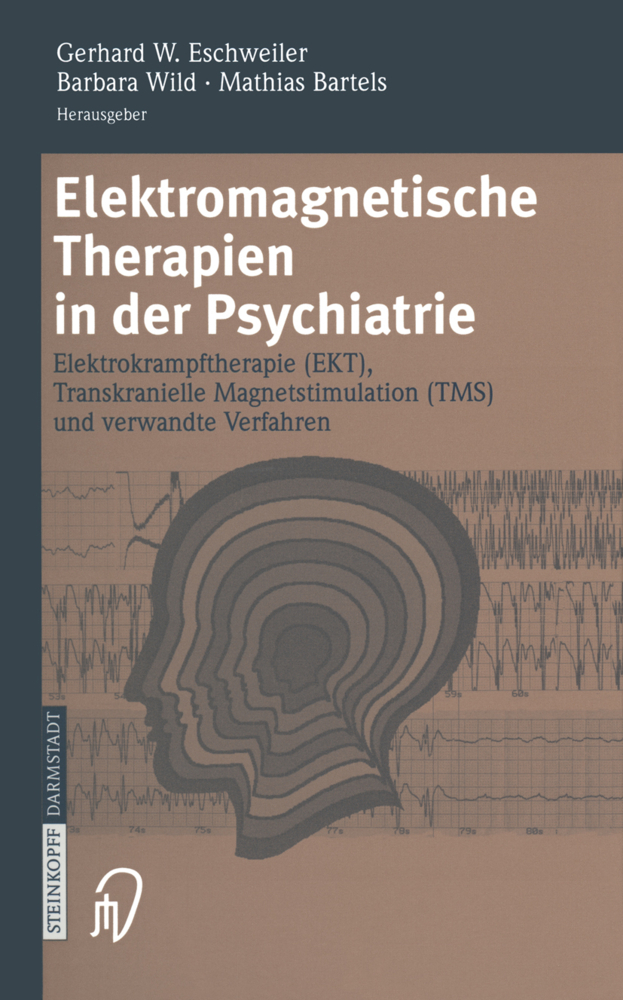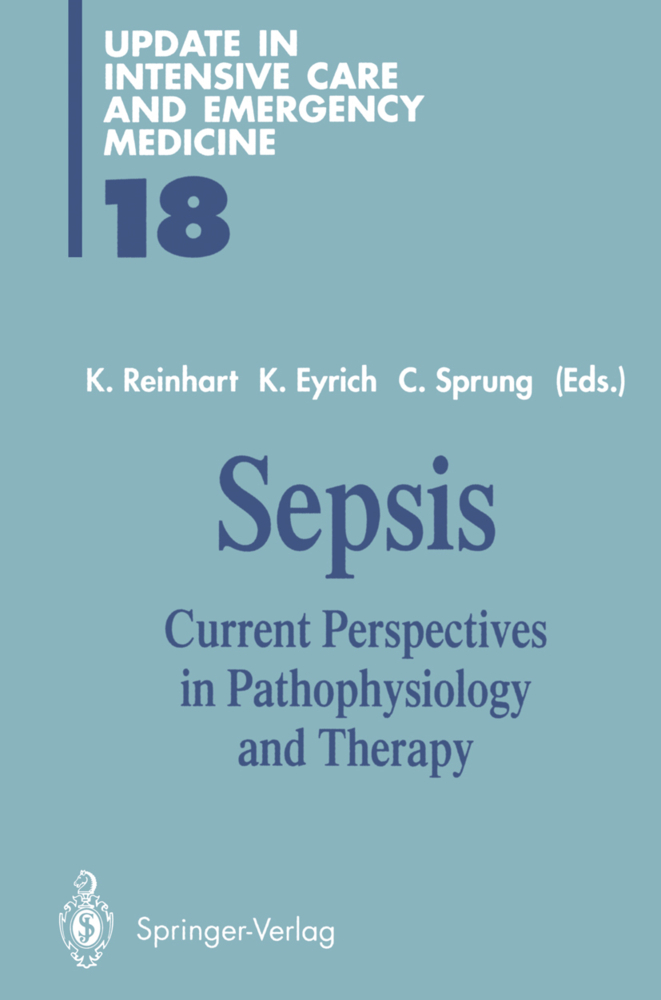The Splanchnic Circulation
No Longer a Silent Partner
The Splanchnic Circulation
No Longer a Silent Partner
This monograph focuses on splanchnic function in health and disease. It represents a distillate of the communication that took place at the First International Symposium of Applied Physiol ogy of the Peripheral Circulation, "Splanchnic Circulation: No Longer a Silent Partner." The individual chapters roughly follow the individual presentations and display in durable form the con cepts and importance that this symposium achieved. The concept for this annual symposium was the child of An tonio Artigas, who not only recruited sponsorship but also Jean Francois Dhainaut and me to help with the organization and work. We chose the splanchnic circulation as the peripheral cir culatory system to be presented first for many important reasons. Much new information has become available which demon strates, as the title of the symposium implies, that splanchnic function has major influence on the overall expression of health and disease in humans. All aspects of splanchnic physiology, it seems, have been rediscovered to be dynamic, important, and complex in their interactions within individual tissues and among remote tissues and organs. It is hoped that after having reviewed this monograph the reader will agree that the splanchnic circula tion and its organ systems are emerging as important aspects of critical illness and host-defense homeostasis.
The Splanchnic Microcirculation: Cytokines and Cell Adhesion Molecules
Effects of N-Acetyl-Cysteine on Splanchnic Circulation
Hepatic Acute-Phase Response
Effects of Catecholamines on Hepatic Blood Flow: Tissue Oxygenation
Liver-Lung Interactions in Critical Illness
Lung-Liver Interface
Regional Monitoring of Gut Mucosal Viability
Gastric Intramucosal pH Determination: Limitations of the Technique
Gut Permeability
Serum Lactate: Marker of Prognosis, Not Inadequacy of Oxygen Delivery
Augmentation of Splanchnic Blood Flow
Selective Decontamination of the Digestive Tract
Effect of Aspirin on Central and Peripheral Cardiovascular Adaption to Exercise in Heart Failure: Participation of Splanchnic Flow
Resuscitation of Trauma Patients.
Regional Blood Flow Distribution
Gut Metabolism and Anion FluxThe Splanchnic Microcirculation: Cytokines and Cell Adhesion Molecules
Effects of N-Acetyl-Cysteine on Splanchnic Circulation
Hepatic Acute-Phase Response
Effects of Catecholamines on Hepatic Blood Flow: Tissue Oxygenation
Liver-Lung Interactions in Critical Illness
Lung-Liver Interface
Regional Monitoring of Gut Mucosal Viability
Gastric Intramucosal pH Determination: Limitations of the Technique
Gut Permeability
Serum Lactate: Marker of Prognosis, Not Inadequacy of Oxygen Delivery
Augmentation of Splanchnic Blood Flow
Selective Decontamination of the Digestive Tract
Effect of Aspirin on Central and Peripheral Cardiovascular Adaption to Exercise in Heart Failure: Participation of Splanchnic Flow
Resuscitation of Trauma Patients.
Pinsky, Michael R.
Dhainaut, Jean-Francois
Artigas, Antonio
| ISBN | 978-3-642-79717-0 |
|---|---|
| Artikelnummer | 9783642797170 |
| Medientyp | Buch |
| Auflage | Softcover reprint of the original 1st ed. 1995 |
| Copyrightjahr | 2012 |
| Verlag | Springer, Berlin |
| Umfang | XI, 201 Seiten |
| Abbildungen | XI, 201 p. 3 illus. |
| Sprache | Englisch |

